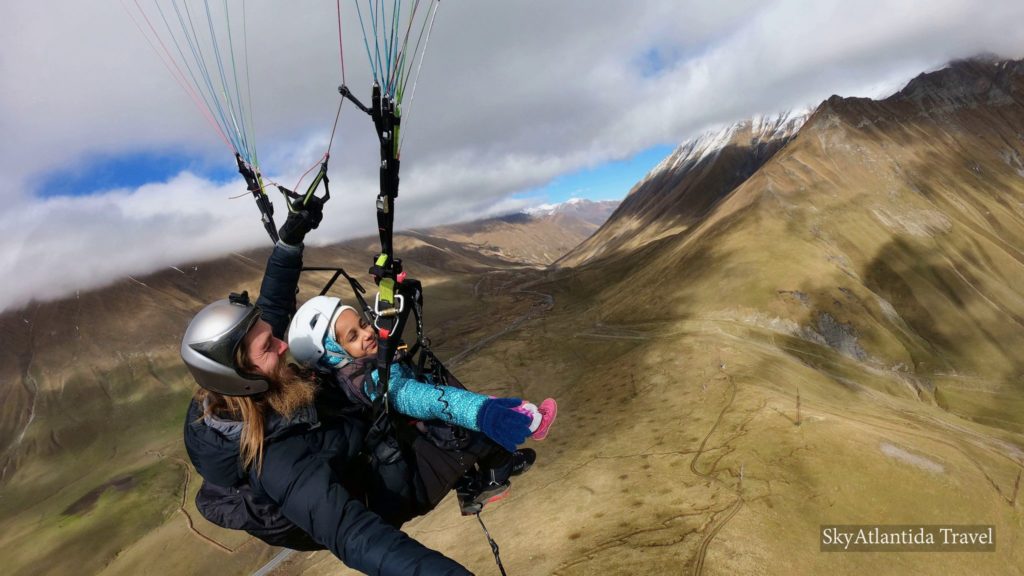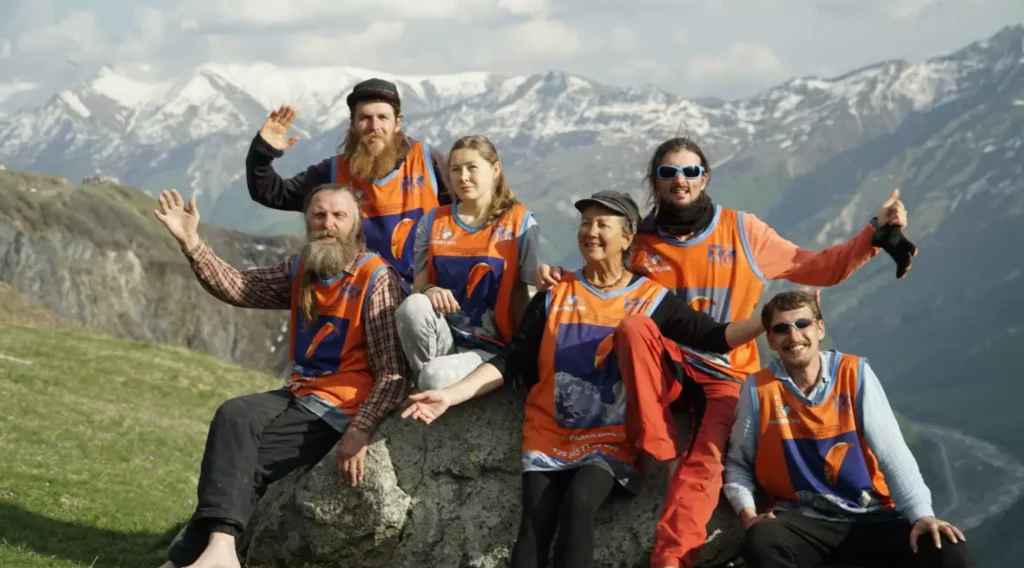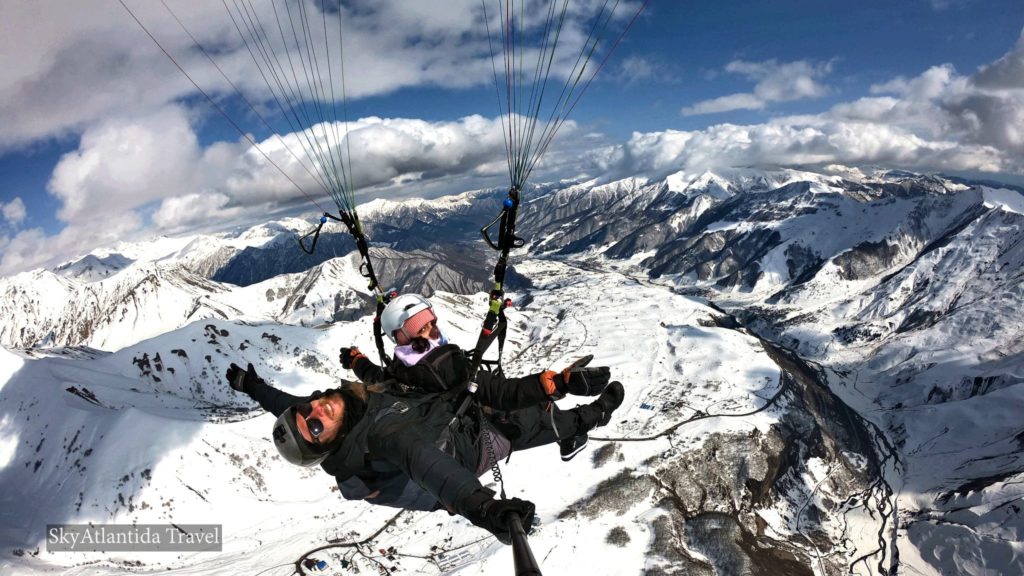
Who invented the paraglider
All events and things in this world have their own history. What about paragliders? Who is the genius who gave people the opportunity to soar in the sky, without an engine, like a bird, enjoy the feeling of free flight, see snowy mountain peaks, incredibly beautiful lakes and rivers, green meadows in summer or a snow-white blanket of snowy slopes in winter?
A man started trying to reach the sky back in the 15th century. The brilliant Leonardo da Vinci was convinced that man could soar through the sky like a bird by simply overcoming the resistance of the air with an artificial wing and his own muscular strength. He took this very idea as a background for one of his designs, the Ornithopter. The ornithopter can be considered the prototype of the modern helicopter.
In 1483 the great painter created a sketch of the first parachute. He explained the purpose of his invention as follows: by attaching himself to a tent made of starchy cloth, a person can descend through the air from any height without threat to his life. But at the time, Leonardo’s invention went unclaimed because there were no aeroplanes or high-rise buildings at the time.
No one is officially recognised as the inventor of the paraglider, but there are 2 main versions of its origins: American and European.
The US version of the paraglider invention
Americans claimed that the paraglider was invented by David Berish. At the time no one could have imagined that man would be able to soar through the sky in a controlled manner, using a paraglider. You only have to overcome the earth’s gravity and resistant force using ascending currents of warm air. In the 1960s David worked as an engineer for NASA. Among his designs was the design of various modifications of parachutes for the space agency. He worked on designs for parachutes that glide over the ground, testing how changing the shape of the canopy affects the nature and aerodynamic properties of the flight. At the same time Berish invented a parachute that could be used to descend from a spaceship. He tested all of his hypotheses on himself by jumping on various ski slopes in the USA. Then this “hobby” of Berish called “Slope soaring” – soaring over the slope, and in 1966, the Air Force organized a demonstration flights in California, where the quality of Berish wing soaring was recorded with a rating of 4.2. And although a few weeks after the demonstration flights, NASA closed the development program, it remained a hobby for the American engineer, whose experience was later applied by parachutists.
The European version of the paraglider invention
Europeans believe that Pierre Lemongine was the founder of the modern paraglider. He worked on improving parachutes as well and was the first to use horizontal slots in his design. Thanks to this idea not only vertical flights became possible, but also the movement of a person above the ground in the horizontal plane, the flight became easier to control. NASA very quickly took Pierre’s hypothesis and continued development. So already in the early 70s of the 20th century the first flights were made from mountain tops under a canopy, which was previously filled with air.
Significant events in the development of paragliding
- In 1964 Steve Snyder invented the parachute wing which was a breakthrough for the further development of paragliding. This invention provided a different perspective on the use of parachutes, not for jumping out of planes, but for soaring off the slopes of mountains. This invention was first used by skiers in the Alps in the early 70s and the start for the flight was performed using skis. This is how the new discipline of Para-ski appeared.
- In 1978 the technology of inflating the canopy of a paraglider using a run-up began to be used for take-off, such flights were demonstrated by G. Bosson and Julien Bethan in Mieussy (a town near the French Alps).
- In 1982 Fillon made his first paragliding flight from the top of Green Peak.
- An absolute breakthrough is when the paraglider with a canopy top was introduced by Laurent de Kalbermatten in 1983. This innovation made it possible to fill the glider with air faster.
- In the mid-1980s the parachute wing became known as a paraglider and flying under such a canopy became known as paraplanning or paragliding.
Subsequently engineers from all over the world have developed techniques for safe flying, one of which is flying in tandem with an experienced instructor. Watch the incredible flying videos with the SkyAtlantida team and you will want to take your first flight in beautiful Georgia!
Menu
Contacts
- +995 55 13 55 000
- skyatlantidabooking@gmail.com
- Georgia, Gudauri, New Gudauri block 1, floor 1, office 114.


